Ever wondered what would happen to your body if you stepped out into space without a spacesuit? From the air pressure within your body, You will balloon up to twice your size, but because of your elastic skin, you will not explode. You will pass out in 15 seconds and in 90 seconds you will die of asphyxiation.
You will eventually freeze solid in 12 to 26 hours, depending on where you are in space. But if you are close to a star you will burn to a crisp instead. Frozen or crunchy, your body will remain in that state for millions of years, maybe until an advanced alien finds you.
Spacesuits allow humans to go beyond our planet’s protective atmosphere, but they are worth a king’s ransom. NASA and SpaceX, two giants in the space industry, have found themselves engaged in a friendly but fierce competition to develop the next generation of spacesuits that are cheaper.
Whenever we think about space, subconsciously, we get a picture of NASA in our mind. But in this epic battle of spacesuits, SpaceX, the underdog, manages to outshine NASA in some aspects.
Not only that. NASA decided not to craft their own spacesuits from now on; instead, they will invest a staggering $3.5 billion in renting spacesuits. Now we have some big questions to explore: How did SpaceX accomplish something that NASA couldn’t do in years? And Why did NASA decide to team up with private companies for spacesuit help?
The Quest for Modern Spacesuits
NASA found itself at a crossroads, with their trusty but aging Extravehicular Mobility Unit suits showing signs of error. Originally designed for the Space Shuttle program, these suits were well-suited for their time but struggled to keep up with the demands of modern space exploration.
Some components, like the ancient 6502 processor in the charging unit, were simply outdated. With forthcoming missions like Artemis, NASA needed advanced spacesuits capable of conquering outer space challenges.
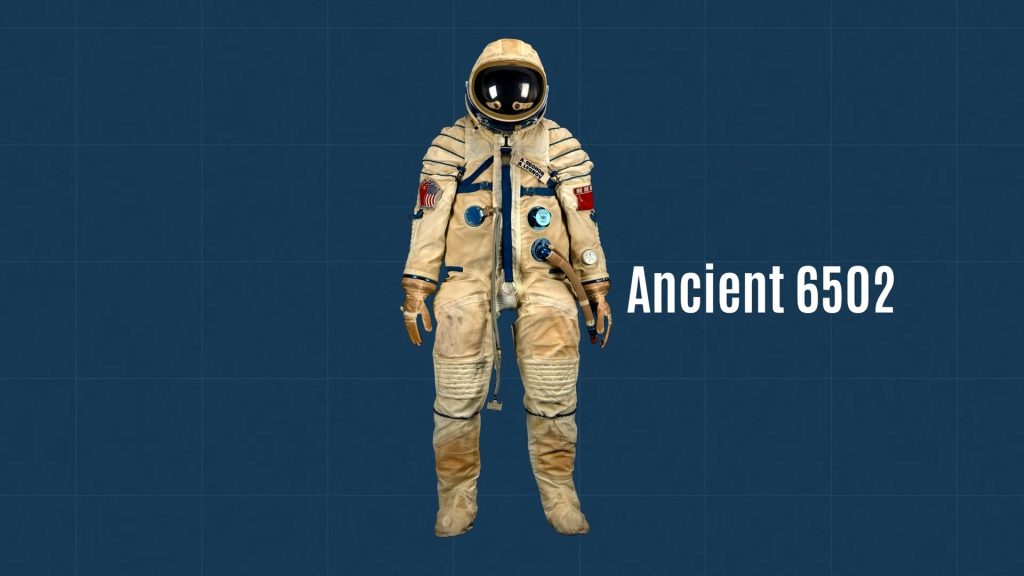
NASA’s Space Suit Journey (1961-2023)
The transformation of NASA’s spacesuits is fascinating, from their humble beginnings in 1961 to the cutting-edge designs of 2023.
Mercury Suits (1962)
Picture the pioneers of 1962, the Mercury suits, fortified with Mylar to brave scorching space temperatures.
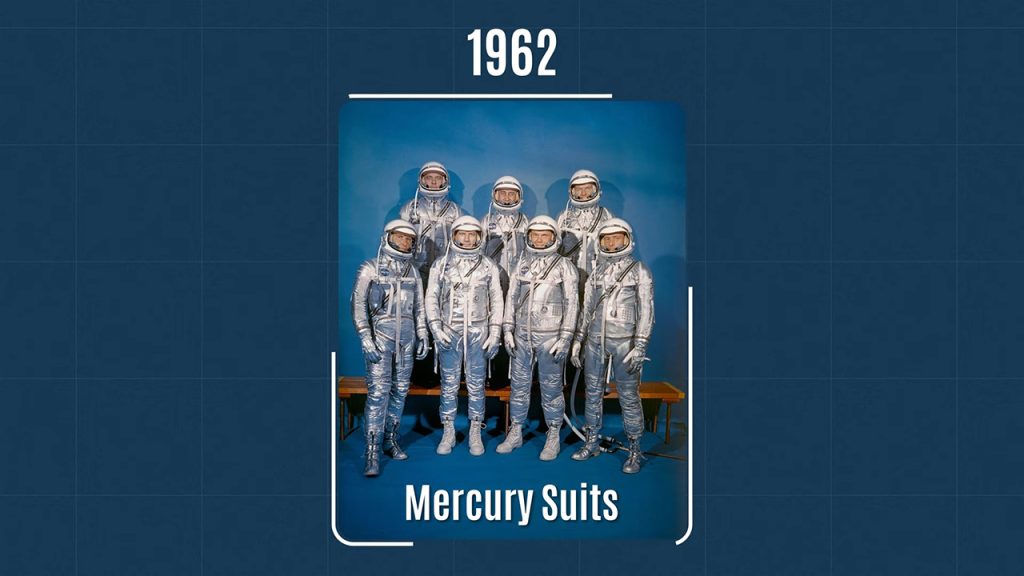
Gemini Suits (1963)
Next, in 1963 brought the Gemini suits, addressing issues like overheating and fogging during two-week missions.
Gemini Spacewalk Suit (1965)
Then, in 1965, the iconic Gemini Spacewalk Suit enabled the astronauts to hang out in space, tethered by umbilical lines.
Apollo Era (Late 1960s)
Leap ahead to the Apollo era, where lunar missions demanded bulkier suits with life support systems and innovative water-cooling to beat the lunar heat.
Space Shuttle Era (1981)
The Space Shuttle era, starting in 1981, introduced ejection escape suits for launch and landing safety. The Extravehicular Mobility Unit also known as EMU, stood as a marvel, granting astronauts over 8 hours of life support in the unforgiving vacuum of space.
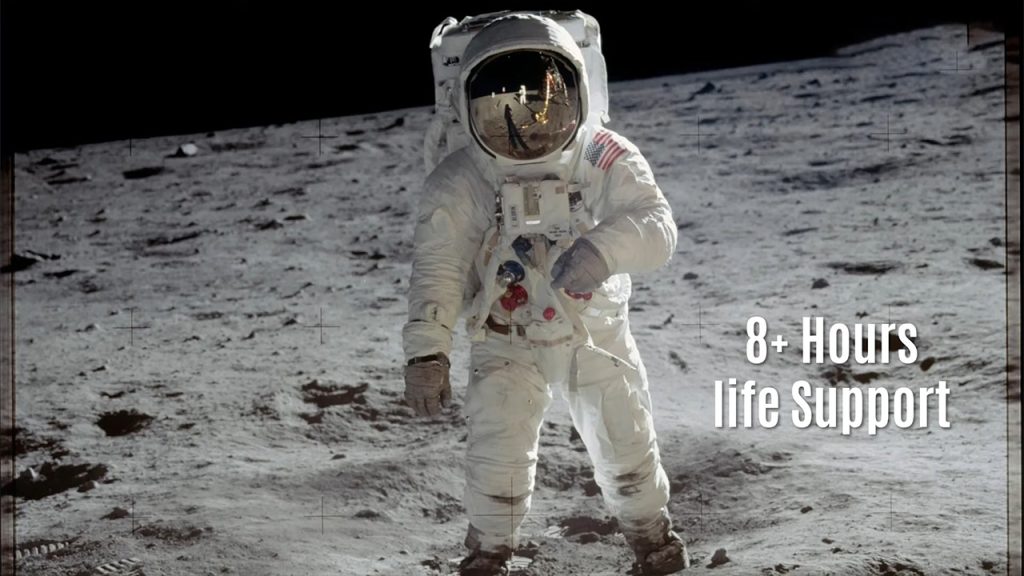
Russian Sokol Launch and Entry Suit (1973)
The Russian Sokol Launch and Entry Suit joined the scene in 1973, serving Soyuz passengers faithfully.
SpaceX and Boeing (2020-2022)
SpaceX entered the stage in 2020 with their sleek, personalized Crew Dragon Flight Suit, while Boeing followed in 2022 with the vivid blue CST-100 Starliner Flight Suit, featuring airtight zippers for added safety.
Future: Axiom Extravehicular Mobility Unit Suit
As for the future- NASA’s forthcoming Axiom Extravehicular Mobility Unit Suit, in gleaming white, is set to redefine space exploration for advanced lunar missions.
As space travel transitions into commercial ventures and tourism, these evolving spacesuits should be our main priority, ensuring the safety and comfort of astronauts and space tourists.
How SpaceX Conquered Spacesuits
Recognizing the urgency of the situation, NASA initiated the XEMU program to develop next-gen spacesuits for spacewalks and lunar missions. NASA has spent a whopping $420 million on space suit development since 2007, with plans to invest an additional $625.2 million by 2025.
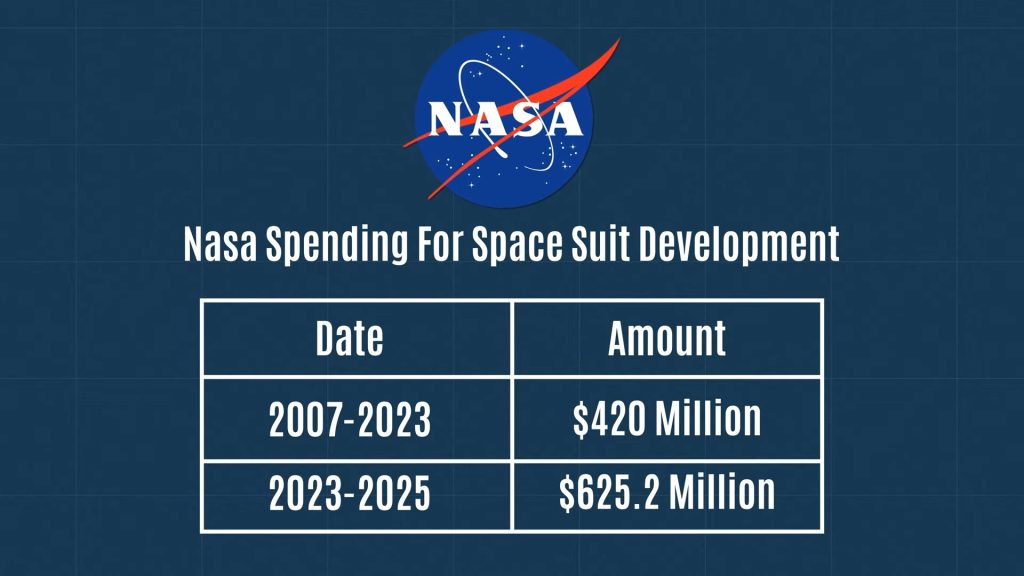
The Challenges with Traditional Spacesuits
Now, all of NASA’s traditional spacesuits have been generic ready-made suits, since they are really expensive to make. Gloves alone, the priciest part, were complex deeds of engineering.
The life-support system is like a high-tech backpack, containing costlier elements than most clothing. These one-size-fits-all types of suits often hurt the astronauts because nothing was made to actually fit. The astronauts often got bruises and injuries after completing a spacewalk.
SpaceX’s Innovative Approach
That’s where SpaceX excelled. Their journey into spacesuit innovation began in 2015, led by the renowned Hollywood costume designer Jose Fernandez. Each suit was custom-made to fit the astronauts giving them a sleeker and minimalist look. But the benefits go beyond the look.
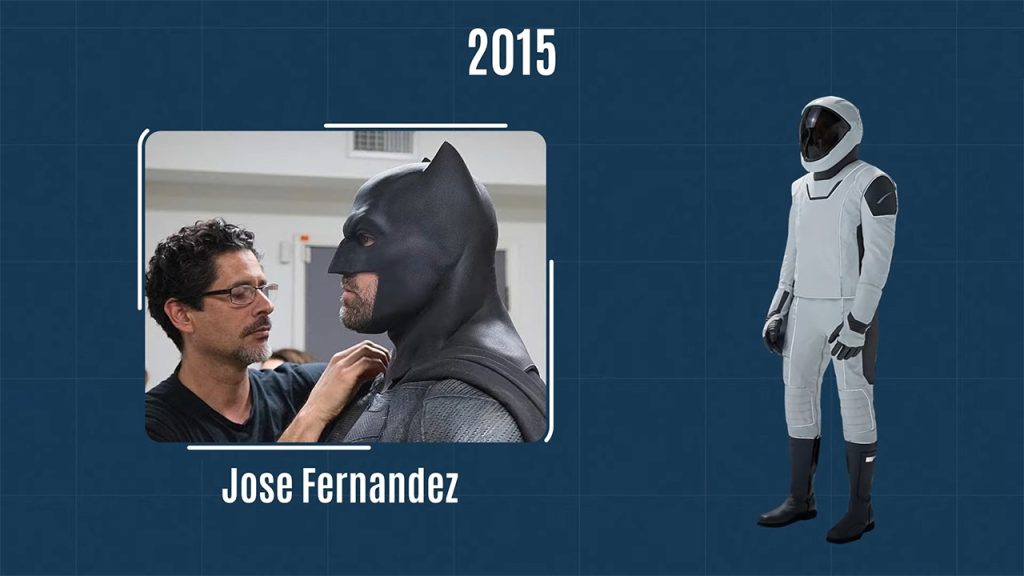
Overcoming Mobility Challenges
When it comes to creating spacesuits, one of the big challenges is making sure astronauts can move around comfortably. When the suit is all filled up with air, it becomes as stiff as a giant balloon.
So, when astronauts try to bend their arms or legs, it’s like squishing that balloon, and it pushes back really hard. Because the air inside the suit has nowhere to escape, it gets compressed when the joints bend, making it tough for astronauts to move.
Innovative Design Inspired by Nature
Over the years, spacesuit designers have come up with clever solutions for this problem. SpaceX was heavily inspired by how a spider works with its legs. Spiders use hydraulic pressure to extend their limbs, and the tensioners on SpaceX suits do something similar.
Balancing Safety and Mobility
Another way to make spacesuits more flexible is by reducing the amount of air inside. But that comes with its own set of problems. Lowering the pressure inside the suit can help with mobility, but it also puts astronauts at risk of decompression sickness.
This happens when nitrogen in the body forms bubbles in the blood vessels due to the rapid change in pressure.
Deep-sea divers deal with the same issue when they come up to the surface too quickly. To avoid this, many spacesuits require astronauts to breathe pure oxygen for several hours before wearing them.
SpaceX wanted to simplify this process, so they had to find a balance between safety and mobility. They settled on a pressure level that met NASA’s requirements to prevent decompression sickness, which is quite high compared to other suits.
Customized Air Mixture and Automation
Now, the cool part is that the air mixture inside SpaceX’s suits is customized, with more oxygen than what we breathe on Earth.
Plus, it can be adjusted automatically by the suit’s life support system. Managing this pressure is one of the things that makes SpaceX’s suits stand out.
Streamlining Design for Efficiency
They combined all the valves and pipes into one spot on the suit. This spot connects to the astronaut’s seat, where smart valves control air pressure. The suit stays cool with cold nitrox, and sensors in the helmet send data to the spacecraft.
This automation removed bulky external valves, making the suit lighter and easier to put on.
Making Spacesuits Simpler and Cheaper
Spacesuits are complex and expensive, but SpaceX made them simpler and slightly cheaper. Now, does the world need cheaper spacesuits?
Well, that’s what Elon Musk always aimed for, making space travel affordable.
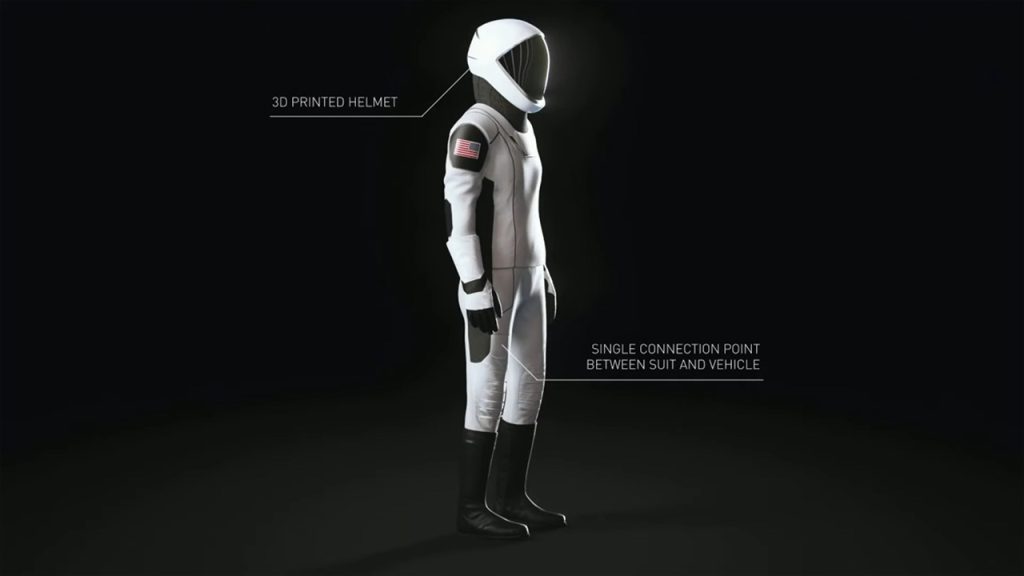
However, as we mentioned earlier, both NASA and SpaceX serve absolutely different purposes while maneuvering their way into space. While different in motive, they both want to make high-tech space garments that prioritize astronaut safety, protection, and comfort.
SpaceX emerged as a winner, pushing the boundaries for innovation. NASA’s collaboration with SpaceX will prove to be a game changer in the world of space exploration as these suits play a crucial role in the success of space missions.
For a visual representation of this phenomenon check out this video –

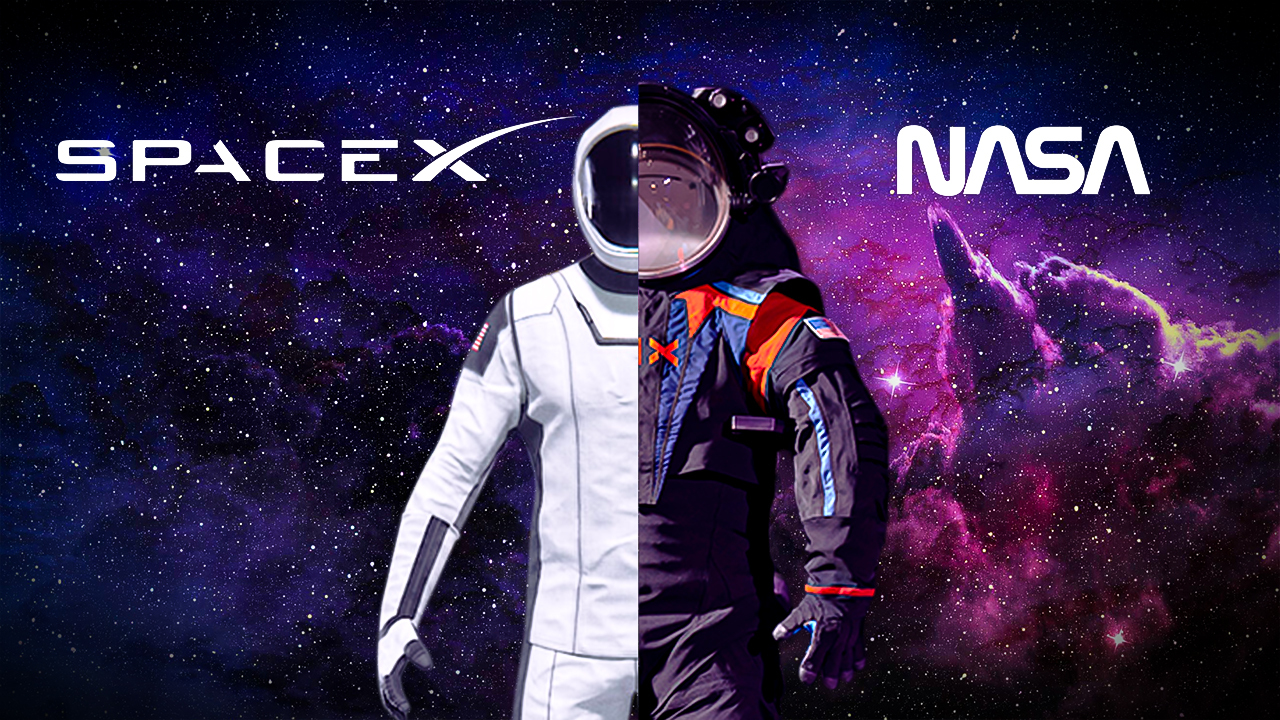








Leave a Comment